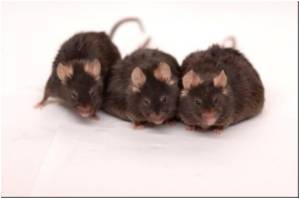Not all cages are the same for the mice, it seems. The type of cages they are put in could profoundly affect the results of laboratory experiments, it has been found.

Mice are the chief research mammals in the world today with some of the most promising cancer, genetic and neuroscience breakthroughs riding on the rodents. Researchers from different universities rely on careful comparison of experimental results for their discoveries; but Diego Restrepo at the University of Colorado’s Anschutz Medical Campus has found that some of these comparisons may not be trustworthy.
He discovered that the brains of mice are extremely sensitive to their environment and can physically change when moved from an enclosure where air circulates freely to one where it doesn’t. Specifically, the portion of the mouse’s brain responsible for its keen sense of smell, the olfactory bulb, is altered. Restrepo also found profound changes in the levels of aggression when mice are moved from one type of cage to another.
The results, he says, can greatly affect the accuracy of the research. Two labs doing the same experiments may get totally different results and never know why.
“This could explain some of the failures to replicate findings in different laboratories and why contradictory data are published by different laboratories even when genetically identical mice are used as subjects,” said Restrepo.
The consequences could mean good science derailed or promising research abandoned simply due to the design of a mouse cage — something largely overlooked until now.
Advertisement
He hopes scientists will work to uncover the depth of the problem and find ways to overcome it.
Advertisement
Source-Medindia





